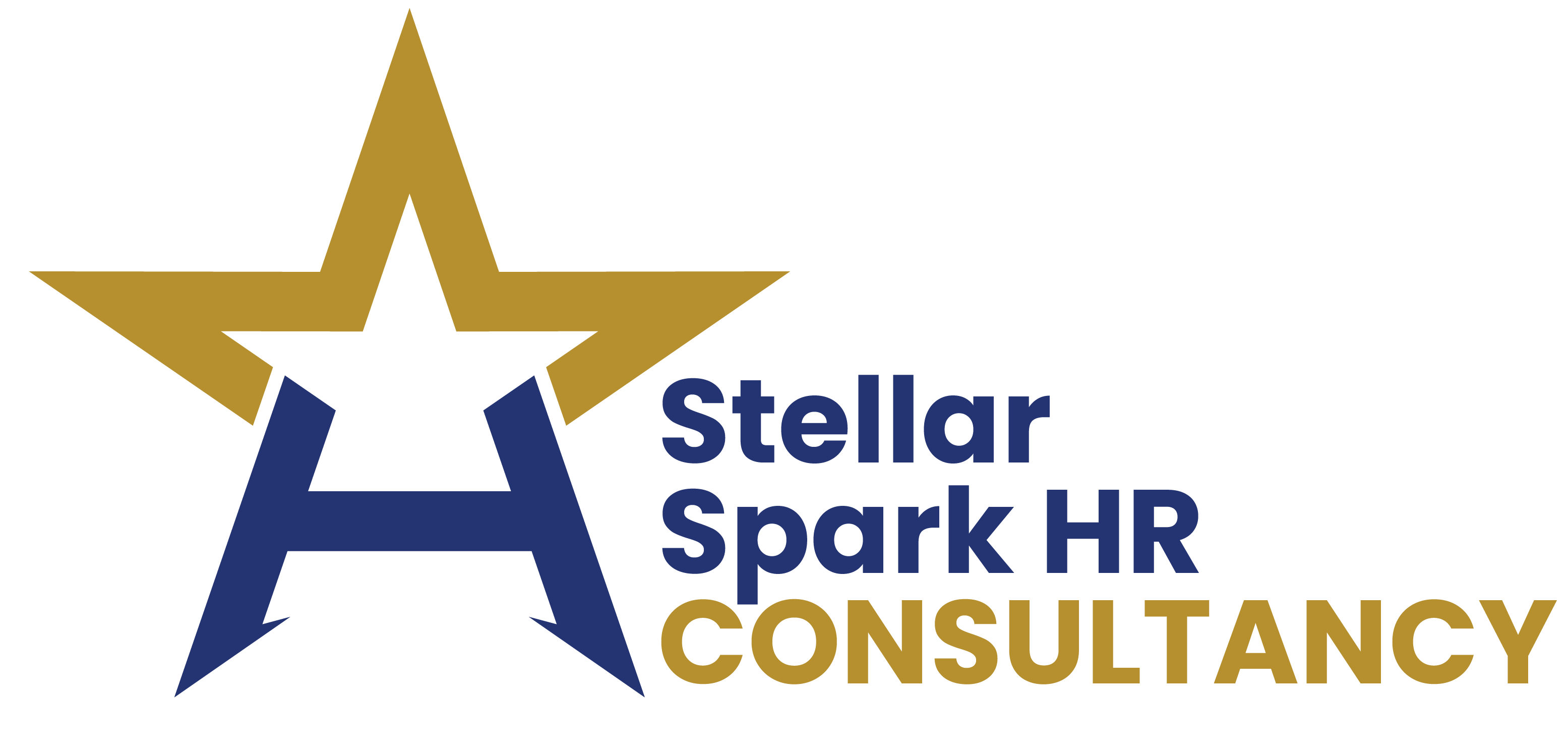Listening as a Strategic Differentiator
In many organizations, feedback is seen as a checkbox for performance reviews. But real listening the kind that transforms is far more powerful. It helps build trust, surface innovation, and strengthens connection. When employees feel truly heard, they invest more of themselves. In fact, research shows that listening is strongly associated with positive organizational outcomes, such as job performance, leadership effectiveness, and trust. (Annual Reviews)
In this post, we’ll explore how feedback and listening together reshape culture, what the science says, real-world stories, and concrete steps you can take.
What the Research Says: Listening Drives Outcomes
Listening and Organizational Performance
A comprehensive review in Annual Review of Organizational Psychology & Organizational Behavior finds that listening is “a likely cause” of better performance, stronger leadership, improved trust, greater job satisfaction, and well-being. (Annual Reviews) The authors propose that listening creates moments of mutual connection (“togetherness”) in which people clarify thinking and co-create ideas. (ResearchGate)
In The Power of Listening in Helping People Change (Harvard Business Review), the authors note how feedback, if poorly delivered, can backfire; but well-listened feedback fosters growth. (Harvard Business Review)
Another study, Feeling Heard: Experiences of Listening (or Not) at Work, emphasizes that perceived listening is a critical factor in relationships at work whether trust, motivation, or psychological safety. (PMC)
Moreover, Zenger Folkman reports that just 15 minutes of focused listening can make a meaningful impact a small investment for high returns in trust, loyalty, and engagement. (zengerfolkman.com)
Listening + Action: The Multiplier Effect

Importantly, listening without action can erode trust. A study by the Center for Creative Leadership shows that employees whose leaders listened and then acted perceived being heard twice as much as those whose leaders listened but didn’t follow up. (CCL)
This aligns with findings in Turn Employee Feedback into Action (HBR): gathering feedback via pulse surveys, listening tours, or town halls is helpful but if you don’t translate what you hear into meaningful actions, you risk disengagement. (Harvard Business Review)
How Listening Transforms Culture: Internal & External Dimensions
Before diving into tactics, let’s define the internal vs external:
- Internal listening & feedback: between employees, teams, leadership, HR the feedback loops within the organization.
- External listening & feedback: listening to customers, partners, community, and external stakeholders how your external feedback informs internal culture and vice versa.
Culture is shaped both by how you listen internally and by how you respond to external feedback (e.g. customer complaints, community perceptions). A listening culture integrates both.
Here’s how feedback & listening transform culture in each dimension:
Dimension |
Transformation Through Listening |
Example / Research Evidence |
| Internal | Builds trust, psychological safety, continuous improvement | Notre Dame adopted “Better Conversations” training to shift culture from rigid reviews to ongoing developmental conversations. This increased constructive feedback and accountability. (CCL) |
| Internal | Encourages cross-team innovation and reduces silos | When employees at different levels feel they can speak up, ideas flow more freely, and solutions emerge organically. |
| External → Internal | Aligns internal actions with customer and market truth | Companies like Mastercard have embedded employee listening to better connect with market feedback using internal feedback loops to refine services. (Workstars) |
| External | Demonstrates accountability and responsiveness outwardly | When brands publicly respond to criticism (e.g. via transparency reports or open forums), they strengthen trust with customers and employees (e.g. the Everlane case in external feedback case studies). (blogs.smart-360-feedback.com) |
Real-World Cases & Examples

- University of Notre Dame (Internal focus)
Faced with minimal feedback from managers, HR partnered with CCL to run Better Conversations Every Day™ training. They taught leaders to listen to understand, ask powerful questions, use SBII (Situation-Behaviour-Impact-Intent) frameworks, and follow up. The result: higher scores for regular constructive feedback, more accountability, and a shift in conversational behaviour across campus. (CCL) - Mastercard (Bridging internal and external feedback)
Mastercard builds feedback into performance coaching loops employees and leaders openly share strengths and opportunities. This culture of feedback is embedded in their DNA, not a standalone HR initiative. (Workstars) - Organizations with continuous feedback
Some companies report up to 14.9% productivity gains when they adopt real-time, continuous feedback mechanisms over traditional annual reviews. (blogs.psico-smart.com)
These stories show that listening isn’t extra it becomes the operating system for how people connect, make decisions, and improve.
Strategies & Steps: How to Build a Listening Culture
Here are practical steps for leaders, HR, and teams to embed listening deeply:
- Create Multichannel Feedback Loops
Don’t rely on one method. Use:
- Pulse surveys
- Focus groups / listening sessions
- 360° feedback (gathering input from supervisors, peers, direct reports, and even customers) (Wikipedia)
- Informal check-ins and skip-level meetings
- External feedback channels (customer feedback, partner input)
- Model Active & Intentional Listening
Train leaders in active listening:
- Ask open-ended questions (not yes/no)
- Defer judgment, reflect back what you heard
- Observe tone, body language, and unspoken cues (zengerfolkman.com)
- Establish “listening posts” scheduled times/places where employees know they’ll be heard without interruption (zengerfolkman.com)
- Close the Loop with Visible Action
- Share what you learned from feedback and how you’ll respond
- Implement small, visible changes early
- When bigger initiatives take time, keep transparency (e.g. “We heard this here’s the timeline and constraints”)
- Reinforce through follow-up surveys or check-ins to measure impact (CCL)
- Embed Feedback into Daily Conversations
Feedback should not be a quarterly or annual event. Encourage:
- Ongoing coaching-style conversations
- Situation-Behaviour-Impact-Intent (SBII) frameworks or similar models
- Asking: “What can we do differently?” rather than “What’s wrong?”
- Peer feedback rounds or team retrospectives
- Align Incentives, Metrics & Culture
- Reward leaders and teams who show listening behaviour
- Include “employee voice / responsiveness” in leadership KPIs
- Use feedback metrics in culture dashboards
- Recognize people who bring feedback forward making voice visible
Integrating Into Your Brand & Strategy
- Internal link suggestion: Link to a pillar page on your site about “Feedback & Culture” or “HR Best Practices”
- Internal link suggestion: Point to a case study or client success story where you helped a company improve listening or feedback loops
When you link within your own site, direct readers to other relevant resources (e.g. toolkits, white papers, service pages). That helps engagement and SEO.
For external credibility, include links like:
- The Annual Review paper on listening and organizational outcomes (Annual Reviews)
- HBR article The Power of Listening in Helping People Change (Harvard Business Review)
- CCL’s research on listening + action (CCL)
- Great Place To Work’s article on listening and trust (Great Place to Work)
Conclusion: Listening Is the Heart of Culture

Feedback alone isn’t enough it’s the listening behind it that plants the seeds of culture. When people know their voices matter, they share more: ideas, concerns, energy. Over time, feedback becomes less about performance appraisal and more about co-creating a better workplace.
If you embed internal and external listening, act on what you hear, and reinforce that behaviour across leadership, you’ll shift from a transactional culture to a relational one where trust, innovation, and loyalty thrive.


